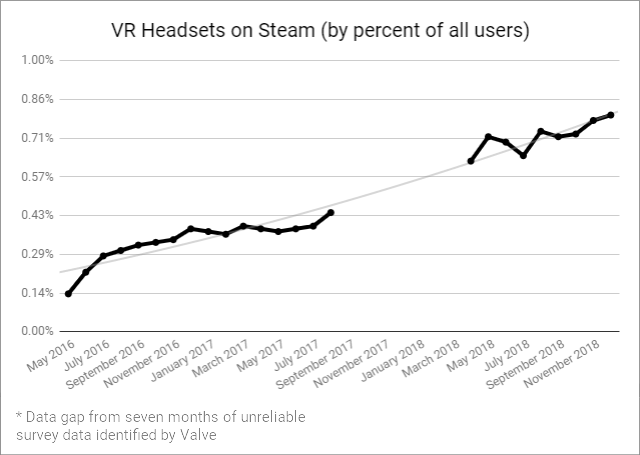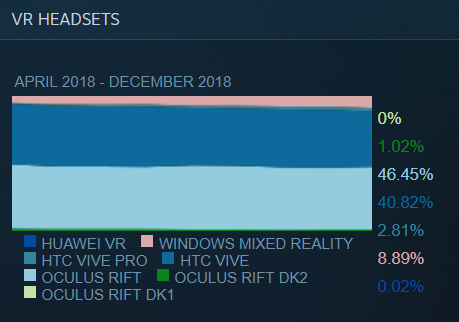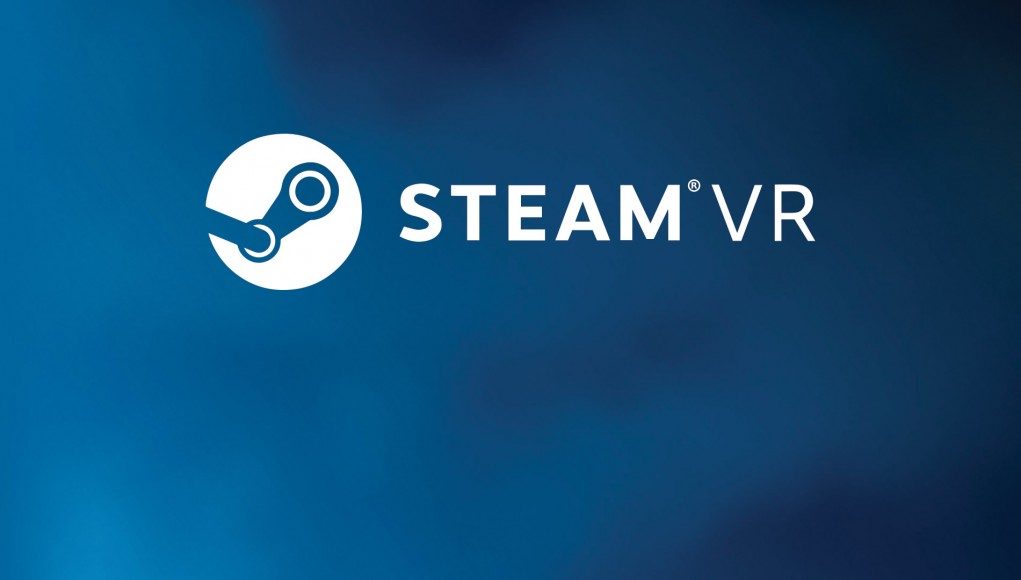According to latest set of data from Valve’s monthly Steam Hardware & Software survey, the number of VR headsets on Steam has reached a new record. Meanwhile, the Vive Pro and Windows VR headsets have reached new peaks in their share of VR headsets on Steam.
Each month, Valve runs a survey among Steam users to determine some baseline statistics about what kind of hardware and software is used by the user population, and to see how things are changing over time; that includes which VR headsets are connected to users’ computers. Participation in the survey is optional.
According to the December figures, overall VR usership on Steam has hit a new milestone: 0.8% of all users have headsets attached to their PCs; almost double the count from 16 months ago.

While that figure is still very small compared to the overall Steam population, the scale of Steam means that 0.8% represents a substantial number of headsets; using refined methodology which we previously detailed, Road to VR estimates the current number of monthly attached VR headsets on Steam around 767,000, it’s highest ever.
Actual sales across all PC VR headsets will be significantly higher than this figure, as it only counts those who have a headset attached to their computer at the time that the Steam Survey data is collected—and of course only counts those with Steam installed in the first place.
Looking deeper into the marketshare of specific headsets on Steam, the December numbers show the Oculus Rift furthering its lead, now at 46.45% (+0.57%) over the HTC Vive’s 40.82% (−1.94%). The Vive’s losses are cushioned somewhat by pickup from the Vive Pro, which at 2.81% (+0.31%) has reached a new all-time high in headset share after eight months of continuous growth.

The big and perhaps unexpected winner in December is Windows VR headsets, which got the biggest bite from the Vive’s losses; collectively at 8.89% (+1.05%), the headsets reached a new peak in headset share also following eight months of continuous growth. This is perhaps due to the near-constant availability of steep discounts, along with the recent launch of the Samsung Odyssey+.
Interestingly, a relatively unknown headset, the Huawei VR 2, has made its first mark on the headset share chart in December, claiming 0.02% share among VR headsets on Steam.







